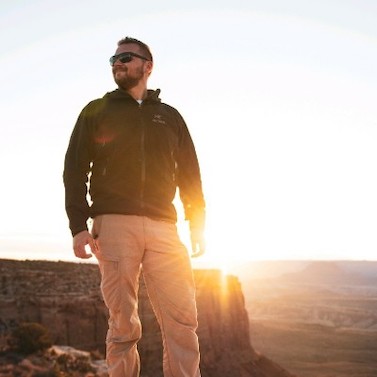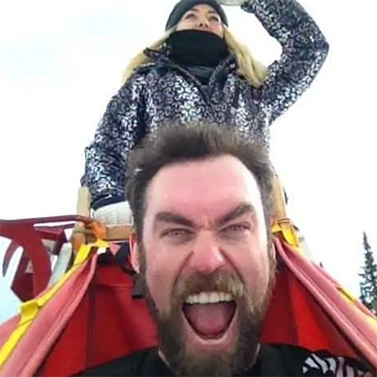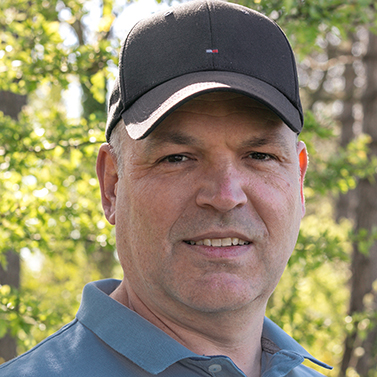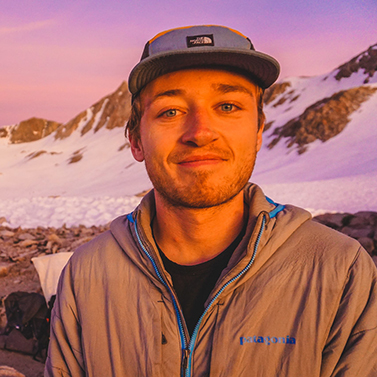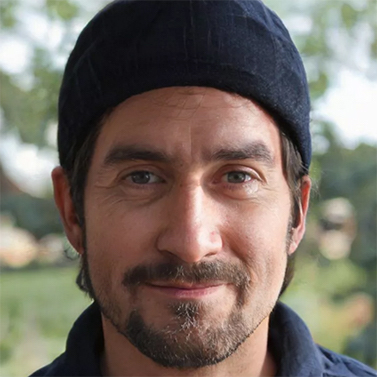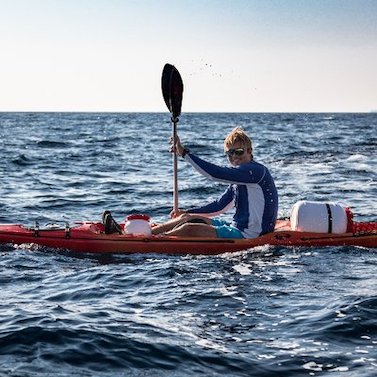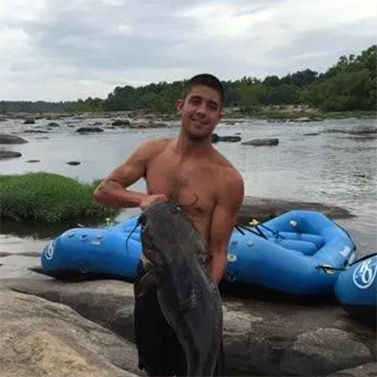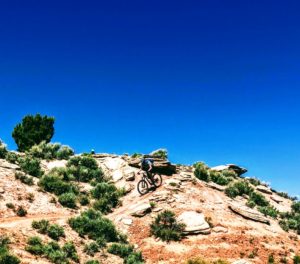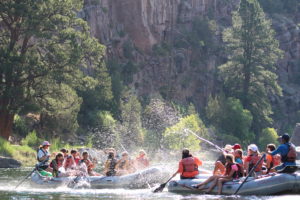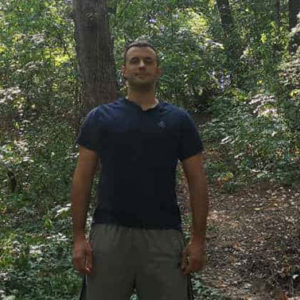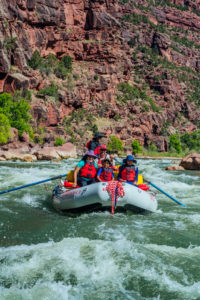What places should I visit if I love Native American rock art?
There are stunning examples of early Native American rock art across the United States. While some sites are well-known, others are harder to find. You have to know where to go and what to look for. Keep reading for some great tips from other adventurers about where to find some of these treasure troves.
Bluff Shelters of the Arkansas Ozarks
The bluff shelters of the Ozarks in Arkansas are home to prehistoric and historic rock art of the Native Americans. Thousands of years ago these shelters were used by people to live. Archeologists can trace i 9000 years of history in these shelters in the Ozark Mountains. Visitors can find two types of art in these mountains and shelters: pictographs and petroglyphs. Pictographs are paintings drawn on the surface of rocks mostly with red and black colors that the native people created through minerals. Petroglyphs are made by pecking the rocks and creating some shapes. You’ll find plenty of this art in the Ozark mountains in Arkansas.
Newspaper Rock State Historic Monument, Utah
Newspaper Rock houses a spectacular display of petroglyphs. The pictures are obvious because they’re etched into rock with a natural black finish known as desert varnish. Beneath the varnish, the rocks are light with a reddish hue like what you’d expect in southern Utah near Moab, Arches, and Canyonlands.
The striking contrast between the desert varnish and underlying red rock makes these ancient pictures unmistakable.
This historical monument is named Newspaper Rock because the pictures appear to document events like a newspaper. Up to 2,000 years of events may have been recorded at this location.

Eva Lerma
Eva Lerma, Photographer and Traveling & Camping Enthusiast. She is the co-founders of MyTravelTripod.
Painted Rock (San Luis Obispo County, California)
Located in California, Painted Rock is a sacred place for Yokuts, Chumash, and Salinan people. Around 3000-4000 years ago, native Americans started painting their sacred images within the alcove. You can still see the pieces of art at least 200 – 1000 years old. Over the years, the walls have been vandalized with graffiti; hence, the older paintings are not preserved. However, it is still one of the most iconic places to witness native American art.
Spanish Ship (East County, San Diego, California)
In an undisclosed location, somewhere on the east side of San Diego, a huge boulder carries possibly the oldest interpretation of rock art. There’s a replica of the same boulder present at the maritime museum of San Diego.
Judaculla Rock (Cullowhee, North Carolina)
This specific rock has 1548 carvings, which is more than on any other rock in the eastern United States. Its whole existence has been a mystery, as experts have failed to understand the art. Some local historians say the recent ones depict a map of local resources.
Reef Bay Trail (US Virgin Islands)
This is one of the most beautiful [examples of] rock art found in the US Virgin Islands and pays homage to the Taino civilization, which flourished from 900-1490s. The basalt rock has been decorated beautifully in a space stretching about 20 feet.

Allison Yamamoto-Sparks
Allison Yamamoto-Sparks is the visitor service specialist for San Juan County, Utah. She has been working with the San Juan County’s tourism office for nearly 12 years and is passionate about her destination and outdoor recreation.
Inside Utah’s Canyon Country
Newspaper Rock in the Bears Ears National Monument is the largest, best-known petroglyph panel in Utah [that is] easily accessible. This historic monument hosts nearly 2,000 years of petroglyphs from the Fremont, Ancestral Puebloan, Navajo, and more.
Beyond Newspaper Rock, there is a plethora of other petroglyph and pictograph panels throughout San Juan County — Utah’s Canyon Country. Whether floating the San Juan River or hiking among the copper-dusted red rocks, there are rock art panels to be seen within almost every destination. Even more Native American art and history can be found in places like Hovenweep National Monument and Edge of the Cedars State Park, where visitors can get up close to a Kiva, see pottery and art, and more from the many peoples who have populated the area.
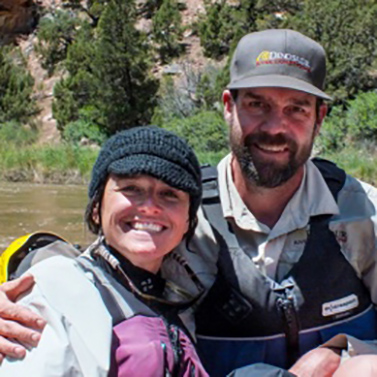
Tyler Callantine
Tyler Callantine got his first taste of the Green and Yampa Rivers as a young boy from his Grandpa Av and Grandma Virginia Kay. Find him at Dinosaurriverexpeditions.com
Petroglyphs, Pictographs, and Fossils
Dinosaur National Monument is famous for dinosaur fossils and river rafting on the Green River and Yampa River, but it is a treasure trove of amazing rock art. My personal favorite rock art sites are found along the river as we float on our 4- and 5-day raft trips.
I really enjoy the sites found in Echo Park where the Yampa River and Green River join forces. Echo Park is an archaeology treasure trove with multiple sites in several locations with petroglyphs and pictographs from the Fremont culture. The Fremont culture inhabited the region 700 to 1200 years ago. This indigenous culture did not leave a lot of evidence of their lifestyle in Dinosaur National Monument except for some fabulous art sites.
My personal favorite is a hard to access rock art site located on the cliff face of Steamboat Rock. This site is only accessible by rafting the river and a short hike up to the base of a magnificent geologic feature.
Echo Park has several sites accessible by car and viewable from the roadside. [Although] this road is only recommended for high clearance vehicles and 4-wheel drive, its definitely worth the trip-one of the most scenic drives in Colorado.
Fred Barr
Fred Barr, Travel Photographer at The Main Museum.
Ancient Rock Art in the Desert
My favorite places to view and photograph native American rock paintings:
1. El Morro National Monument in New Mexico
The Pueblo people of the region created rock art inside the alcoves on the walls of El Morro National Monument.
2. Chaco Culture National Historic Park in New Mexico
Chaco Canyon is an amazing place to visit for rock art and kivas. One of my favorite places to photograph Chaco is the petroglyph trail.
3. Canyon de Chelly National Monument in Arizona
The rock art is in limestone canyon walls at the base of multicolored sandstone cliffs. It features Navajo legends, hunting, and religious scenes.
4. Petroglyph National Monument in New Mexico
Petroglyph National Monument preserves and protects more than 100,000 petroglyphs on the canyon walls and sandstone cliffs of an ancient river valley.
This is a crowdsourced article. Contributors are not necessarily affiliated with this website and their statements do not necessarily reflect the opinion of this website, other people, businesses, or other contributors.


